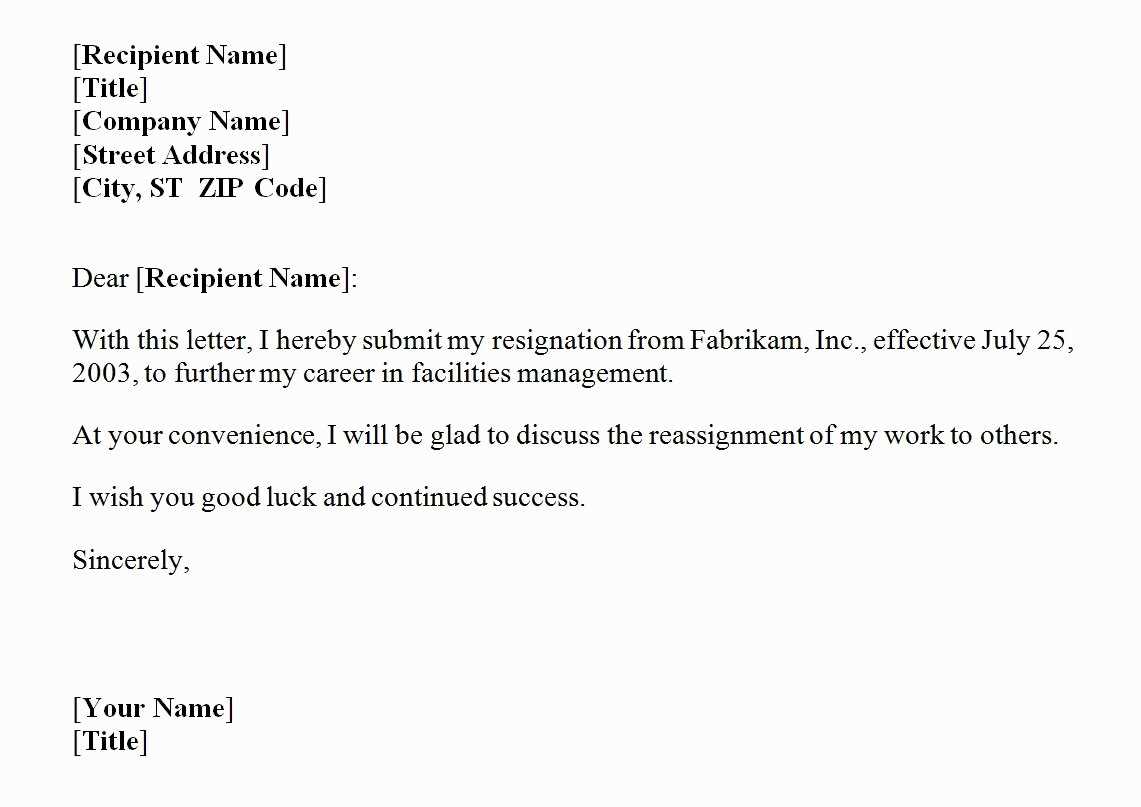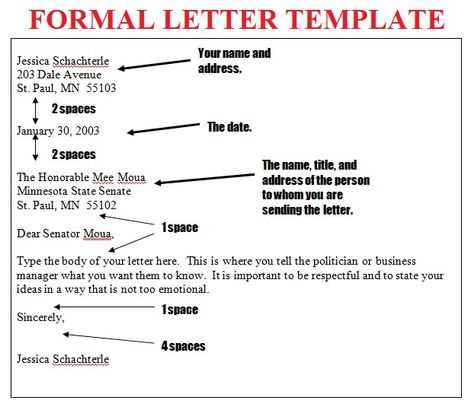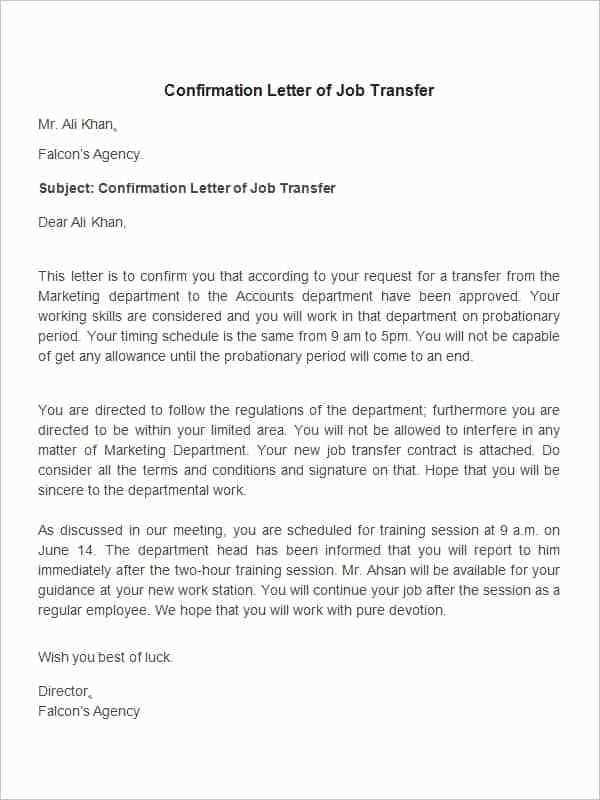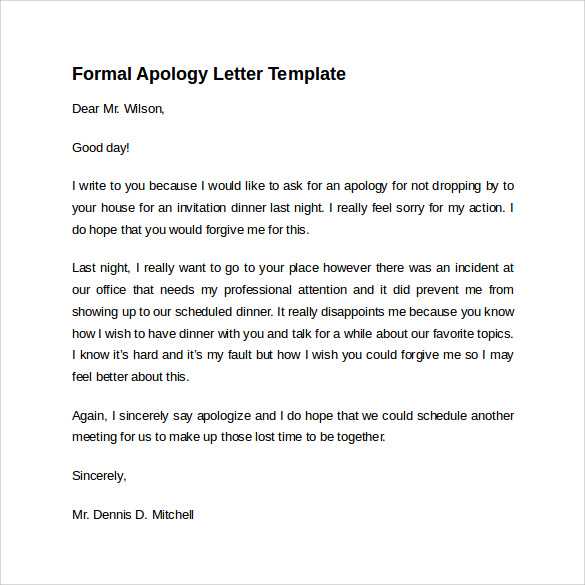Reassignment Letter Template for Employee Transfers

Transferring an employee to a new role within the company requires clear and formal communication. It’s important to ensure that the message is professional, accurate, and easy to understand. This document serves as a formal notice to inform the employee about the change in their responsibilities or location. The tone should be respectful and appreciative of their contributions while outlining the specifics of the transition.
Essential Information to Include
When crafting a formal communication about a role change, certain details must be highlighted to avoid confusion and ensure a smooth transition. Here are the key elements to incorporate:
- Reason for the Change: Explain why the shift is necessary and how it fits within the company’s overall goals.
- New Position Details: Outline the new responsibilities, title, and expectations.
- Effective Date: State when the change will take place.
- Additional Information: Provide any other pertinent information such as training or support offered during the transition.
How to Frame the Message
The way you present the information is crucial. It’s important to express appreciation for the employee’s past contributions while framing the change as an opportunity for growth. Use a positive and encouraging tone to ensure the employee feels valued and motivated during this transition.
Steps to Ensure a Smooth Transition
To facilitate a seamless shift, follow these steps:
- Communicate the change in advance to give the employee ample time to prepare.
- Offer assistance in understanding new roles and responsibilities.
- Follow up after the change to address any concerns or adjustments needed.
Legal Considerations

While communicating the role change, it’s also essential to keep legal implications in mind. Ensure that any terms related to the transition comply with the employment contract and labor laws. In some cases, it may be necessary to consult with a legal expert before sending the formal notice.
Why Use a Transfer Notice
Key Components of an Effective Document
Steps for Drafting a Role Change Notice
Common Errors to Avoid
How to Customize Your Notice
Legal Aspects of Employee Transition Documents

Formal communication regarding role changes within a company is crucial for ensuring clarity and maintaining professionalism. A well-crafted document helps both the employer and employee understand the transition process, sets expectations, and ensures a smooth shift. It establishes transparency and avoids misunderstandings, making the change less disruptive.
Key Components of an Effective Document
For a successful transition, several core elements must be included to ensure the message is clear and comprehensive:
- Reason for the Change: Briefly explain the motivation behind the role adjustment.
- New Responsibilities: Clearly define the new position’s duties and expectations.
- Start Date: Specify the exact date the transition will take effect.
- Support and Training: Mention any resources or assistance provided to ease the transition.
Steps for Drafting a Role Change Notice
When preparing the document, follow these structured steps:
- Begin with a formal greeting and a statement of purpose.
- Describe the new role and outline the employee’s duties.
- Include any logistical details, such as office relocation or training schedules.
- End with an offer of support and encouragement, emphasizing the positive aspects of the change.
Common Errors to Avoid
Avoid these common pitfalls when drafting a transition communication:
- Vague Language: Be specific about the responsibilities and expectations.
- Overly Complex Terms: Use clear and simple language to ensure understanding.
- Failure to Address Concerns: Ensure the employee knows they can reach out for clarification or support.
How to Customize Your Notice
Tailoring the document to the individual employee is key. Consider their past performance, the challenges they may face in the new role, and any personalized support they may need. This will make the transition smoother and more encouraging.
Legal Aspects of Employee Transition Documents

Ensure that the content of the notice complies with company policies, labor laws, and contractual agreements. Avoid making promises that can’t be fulfilled, and consult with legal experts if necessary to avoid potential legal complications.